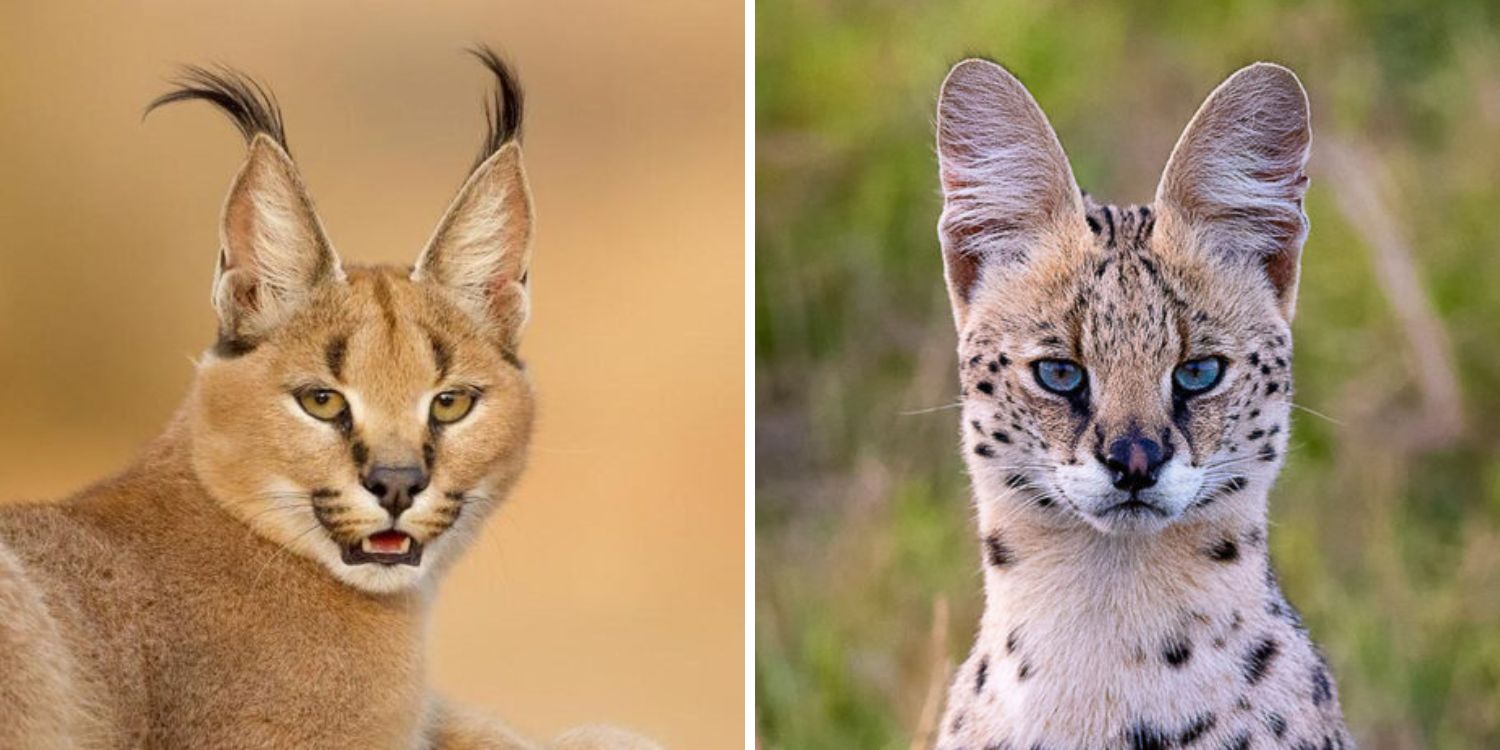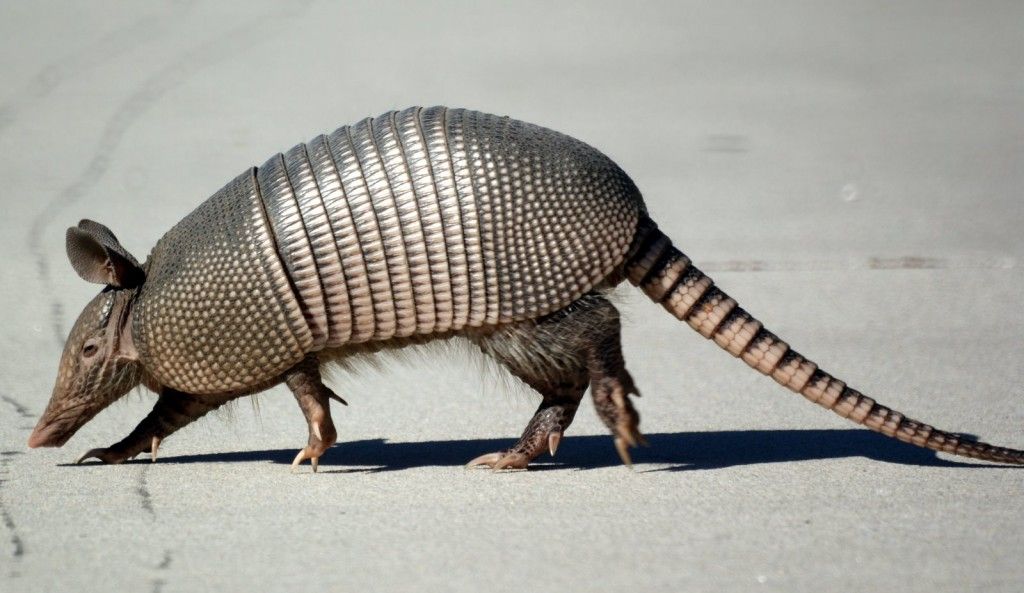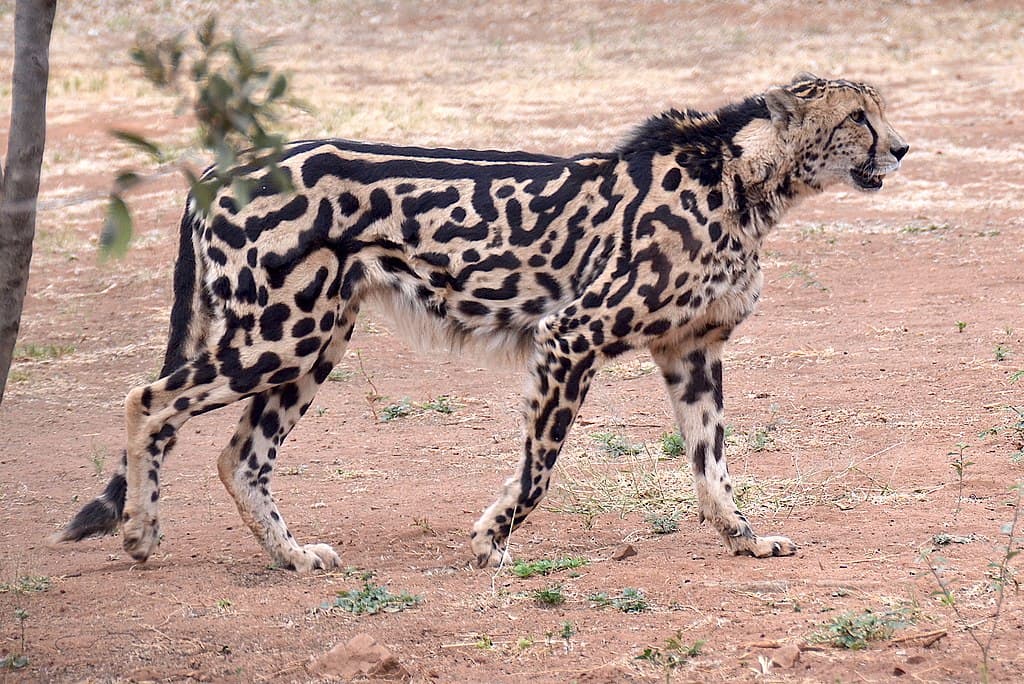
The hippopotamus, or simply hippo, is one of Africa’s most iconic animals. With its rotund body, short legs, and enormous mouth, it may seem like a lumbering oddball – but don’t be fooled. Hippos are full of surprises, from their secret speed to their surprising tempers.
Let’s dive into the world of these semi-aquatic giants.
What Is a Hippopotamus?
The name hippopotamus comes from Greek, meaning “river horse.” But despite the name, hippos are more closely related to whales and dolphins than to horses or cows. There are two species:
- Common Hippopotamus (Hippopotamus amphibius) – The larger and better-known species found throughout sub-Saharan Africa.
- Pygmy Hippopotamus (Choeropsis liberiensis) – A smaller, forest-dwelling cousin native to West Africa and much more elusive.
This post will focus on the common hippo, the heavyweight champ of African rivers and lakes.
Life in the Water
Hippos spend most of their day submerged in rivers, lakes, or swamps to keep cool under the blazing African sun. Their eyes, ears, and nostrils are all located on top of their heads, allowing them to see, hear, and breathe while almost completely underwater.
At night, they emerge from the water to graze, often traveling miles on land to find enough grass. Despite their bulk, they can walk at a brisk pace and have been clocked at up to 20 mph (32 km/h) on land!
Massive and Mighty
Hippos are the third-largest land mammal – after elephants and white rhinos. Adult males can weigh up to 3,500–4,000 pounds (1,600–1,800 kg). Females are slightly smaller but still formidable.
But their size isn’t just for show. Hippos are one of the most dangerous animals in Africa, responsible for more human deaths than lions, elephants, or crocodiles. Why? Mostly because they’re territorial and unpredictable – especially if they feel threatened or cornered.
Don’t Let the Yawn Fool You
One of a hippo’s most famous behaviors is opening its mouth wide in what looks like an exaggerated yawn. It’s not about being sleepy: it’s a warning display. That huge mouth can open up to 150 degrees and reveal tusk-like teeth that can grow over a foot long.
Hippos use these formidable teeth for fighting, especially males competing for dominance in the water.
Social Life in the Pod
Hippos are social animals that live in groups called pods, bloats, or herds, usually consisting of around 10–30 individuals. One dominant male controls access to a territory and its females, while other males are tolerated only if they keep a low profile.
Communication happens through a mix of grunts, bellows, wheezes, and even underwater “clicks” that are still being studied.
Unique Adaptations
- Sunblock Skin: Hippo skin secretes a pinkish oily substance that acts like natural sunscreen and has antibacterial properties.
- Aquatic Births: Females often give birth in shallow water, where the calf can surface for air but stay hidden from predators.
- Amphibious Lifestyle: While they can’t actually swim (they walk or bounce off the bottom), hippos are perfectly adapted for a life in the water.
Conservation Status
Although common hippos are still found in many African countries, their numbers are declining due to habitat loss and illegal hunting for ivory (from their teeth) and meat. They’re currently listed as Vulnerable by the IUCN.
Pygmy hippos are even more at risk and are classified as Endangered, with only a few thousand remaining in the wild.
Final Thoughts
Hippos may look like cartoonish couch potatoes, but they’re fast, fierce, and surprisingly complex animals. Whether they’re lounging in the water, defending their turf, or trotting across moonlit plains, hippos remain one of nature’s most captivating contradictions: gentle herbivores with an edge.
Fun Fact: Hippos can hold their breath for up to 5 minutes and even sleep underwater – they automatically bob to the surface to breathe without waking up!
Want more wild animal profiles? Stick around for posts on crocodiles, elephants, and other African neighbors.
More photos below ↓










Disclaimer: This blog post is for edutainment purposes only and may not be entirely accurate.






